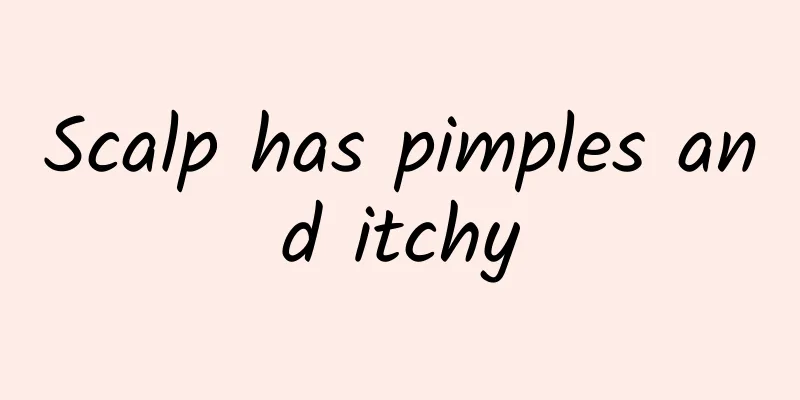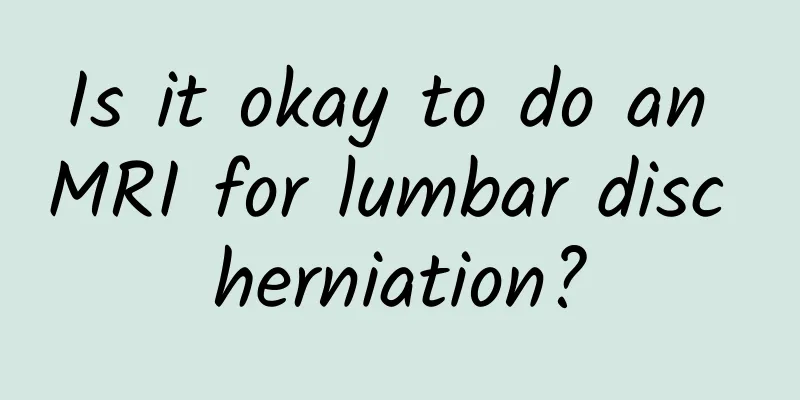Disadvantages of teething sticks

|
When the baby's deciduous teeth erupt, the gums often become itchy due to tooth growth. The baby will feel uncomfortable and is prone to chewing things or sucking his fingers. When this happens, parents can buy teething sticks for the baby, which have a good anti-itching effect and can also avoid dental problems. Generally speaking, teething sticks are not harmful to babies, but you should pay attention to the time of use. Disadvantages of teething sticks There is no harm in babies eating teething sticks. Teething sticks are a kind of biscuits with moderate hardness. They can rub the gums and promote the timely growth of deciduous teeth. Regular chewing of teething sticks can make the jaw develop normally and lay a good foundation for the healthy growth of permanent teeth. Prevent babies from grabbing and biting other objects to ensure safety and hygiene. Teething sticks come in many shapes and types, such as finger-shaped, round cake-shaped, etc., which can relieve gum discomfort, strengthen gums, and improve chewing ability. However, you should pay attention to the usage time of teething sticks. When you find that your baby drools a lot and always likes to bite things and gnaw his fingers, usually when the baby is about six months old, you can give the baby teething biscuits regardless of whether the baby has teeth or not. Teething biscuits are not just for babies who have already grown teeth. It is also beneficial for babies who are about to grow teeth to chew them, as it can strengthen the toughness of their gums. Although the baby has not yet grown teeth, the baby's gums are becoming harder and harder, so the baby should be fed some hard food to exercise the baby's chewing ability, which is more conducive to the eruption of teeth. Some babies start to grow teeth at 4 months old. Therefore, you can let your baby bite the teether appropriately. However, not every baby likes teething sticks. Some babies may not be interested in teething sticks and continue to chew their fingers. If this is the case, the mother does not need to let the baby eat teething sticks. Just make sure to keep the baby's hands clean. The order and characteristics of baby teething 1. The order of baby teething When the baby is 6 or 7 months old, the deciduous teeth begin to erupt one after another, but it may be 3 or 4 months earlier, or delayed until 11 or 12 months. Usually, there will be a difference of 6 months for the front teeth, and even up to 1 year for the back teeth. Generally speaking, babies start to grow deciduous teeth 4 to 10 months after birth, 6 to 8 teeth will erupt at the age of 1, and all 20 deciduous teeth will grow by the age of 2 to 2.5 years. Baby teething sequence chart Baby teething sequence by age 5-10 months: Two primary central incisors grow on the upper and lower sides 6-14 months: Two deciduous lateral incisors grow on the upper and lower sides 10-17 months: Two first deciduous molars grow 18-24 months: Two upper and lower deciduous canines grow 20-30 months: Two second deciduous molars grow on the upper and lower sides |
<<: How to do gum protrusion surgery
>>: What should you pay attention to when sleeping after tooth extraction?
Recommend
What should we do if inflammation causes impaired function and abnormal bleeding?
Inflammation is the basis of all diseases and the...
What to do if your child has constipation and hard stools
Constipation is relatively common in children, wh...
What to do if you have knee pain?
People need to walk every day, and the knee, as a...
How to treat corn-like warts
Many people do not know how to treat warts simila...
List of Chinese Medicine Classification
There are many types of Chinese herbal medicines....
Can licorice tablets relieve cough and treat pharyngitis? You heard it right
Pharyngitis is mostly caused by bacterial infecti...
Is herpetic conjunctivitis serious?
Herpetic conjunctivitis is a very common disease ...
What are the methods of traditional Chinese medicine to treat neurodermatitis?
Modern medicine believes that neurodermatitis is ...
Drug-induced dermatitis
When it comes to diseases such as drug-induced de...
What should I do if my ovaries are removed at the age of 28?
For female friends, their reproductive organs are...
BSA
Blood contains many components. The lack of any c...
Is it true that egg shells can supplement calcium?
Eggshells do have a certain calcium supplement ef...
What does the vaginal discharge look like when your period is coming?
The appearance of leucorrhea can be used to deter...
Pregnant women should not drink Yinchen water
Artemisia capillaris is a common traditional Chin...
Which Chinese medicine is the best for sobering up?
Many of us often drink alcohol in our daily lives...









